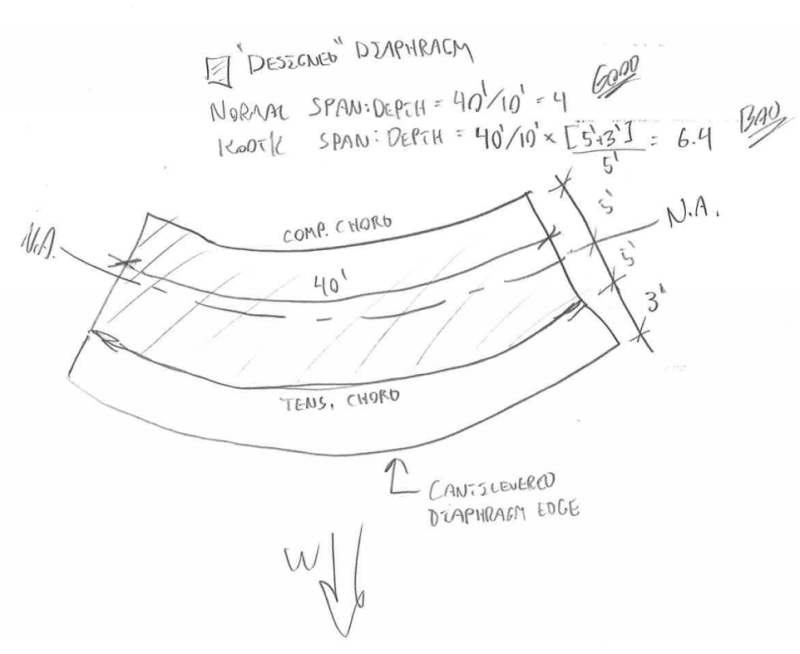RFreund
Structural
- Aug 14, 2010
- 1,885
I'm curious to hear opinions on which would be a better choice for the LFRS for 4 floors of wood construction on top of concrete podium. Either using many wood shear walls (interior and exterior) or if the layout lends itself to it, using the Masonry walls of the elevator/stair shafts?
I'm wondering if shrinkage would be an issue if using the masonry shaft, however you could use vertically slotted holes I suppose. Any advantages to one or the other?
EIT
I'm wondering if shrinkage would be an issue if using the masonry shaft, however you could use vertically slotted holes I suppose. Any advantages to one or the other?
EIT

![[ponder] [ponder] [ponder]](/data/assets/smilies/ponder.gif) . You masonry wall will be heavily loaded and get ready for some big foundations. I do like the idea of redundancy but I suppose you will get that to some degree even with only relying on the masonry.
. You masonry wall will be heavily loaded and get ready for some big foundations. I do like the idea of redundancy but I suppose you will get that to some degree even with only relying on the masonry.

